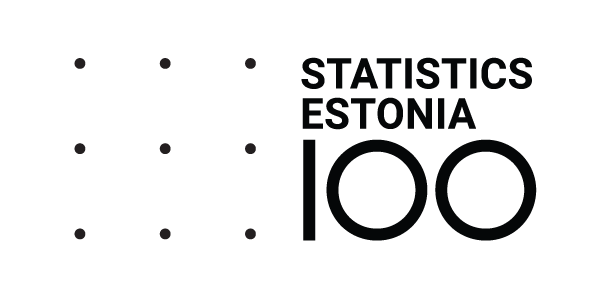Statistics Estonia 100
On 1 March 2021, it will be one hundred years since intentional and purposeful data collection for official statistics started in Estonia. Young Estonia, which had achieved independence in 1918, faced the task of evaluating all its resources, incl. the population, and developing a statistical system that would allow to continuously observe the economy as well as social life. This task was radically different from what was required in the provinces of czarist Russia, where all reporting (in addition to being in Russian and pro-Russian) was subordinated to the interests of the empire, and therefore, unpopular among people.
The Estonian State Statistical Central Bureau was established on 1 March 1921. Albert Pullerits became its director and served in the position during the country's first independence period (1918–1940).
In a 1922 issue of the Monthly Bulletin of Statistics Estonia, Albert Pullerits wrote: "Every developed country has had to systematise the collection of statistical data and establish some sort of a general organisation for statistics, because the phenomena in economic and social life are highly complex and the reasons for these phenomena are interrelated, so that without the use of statistics, it is impossible to say which phenomenon is connected to another one and how much it depends on other phenomena."
Pullerits considered especially important the collection of demographic data, which explain changes in the population number. Statisticians then also had to actively record events, such as infectious and venereal diseases, offences, border crossings, etc. People's addresses were registered at address offices. In education statistics, besides school education, it was important to collect information on extracurricular educational activities, cultural institutions and libraries. To collect data on agriculture, 1,400 voluntary correspondents were involved who, using a questionnaire with 31 questions, made observations on crop production, weather conditions, yield, etc.
In 1922 and 1934, Pullerits was in charge of organising the population census.
Pullerits was the face of Estonian official statistics, which were characterised as regular, international, timely and relevant – statistical principles that are still considered essential.
In the current information society era, data science and reliable and up-to-date statistics have become critical for making everyday decisions.
In addition to classic national accounts indicators, new phenomena such as the country’s
sustainable development and people’s sense of happiness are becoming more important. New data
sources enable reducing the administrative burden of data providers and measuring new, still unseen social changes.
A greater ability to obtain and process information increases competitiveness, ensures economic success and improves people's well-being as well as the effectiveness of government. The mission of Statistics Estonia is to contribute to these with collected and analysed data.
Statistics Estonia starts the anniversary celebrations with the competition "Andmepärl“, which will determine the best data story and infographic . The aim of the competition is to promote using and interpreting data, as one of the goals of Statistics Estonia is to improve data literacy in the society.
